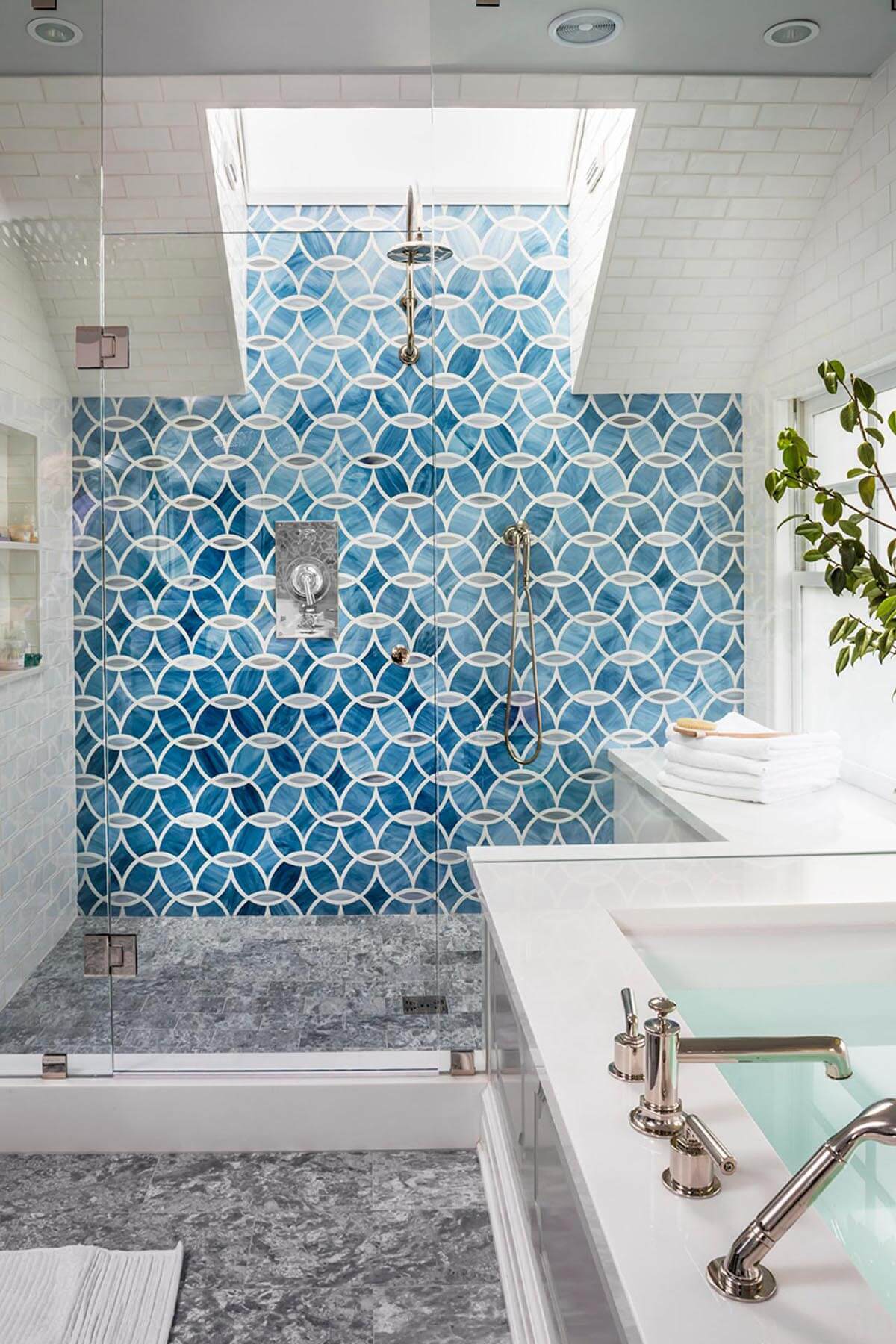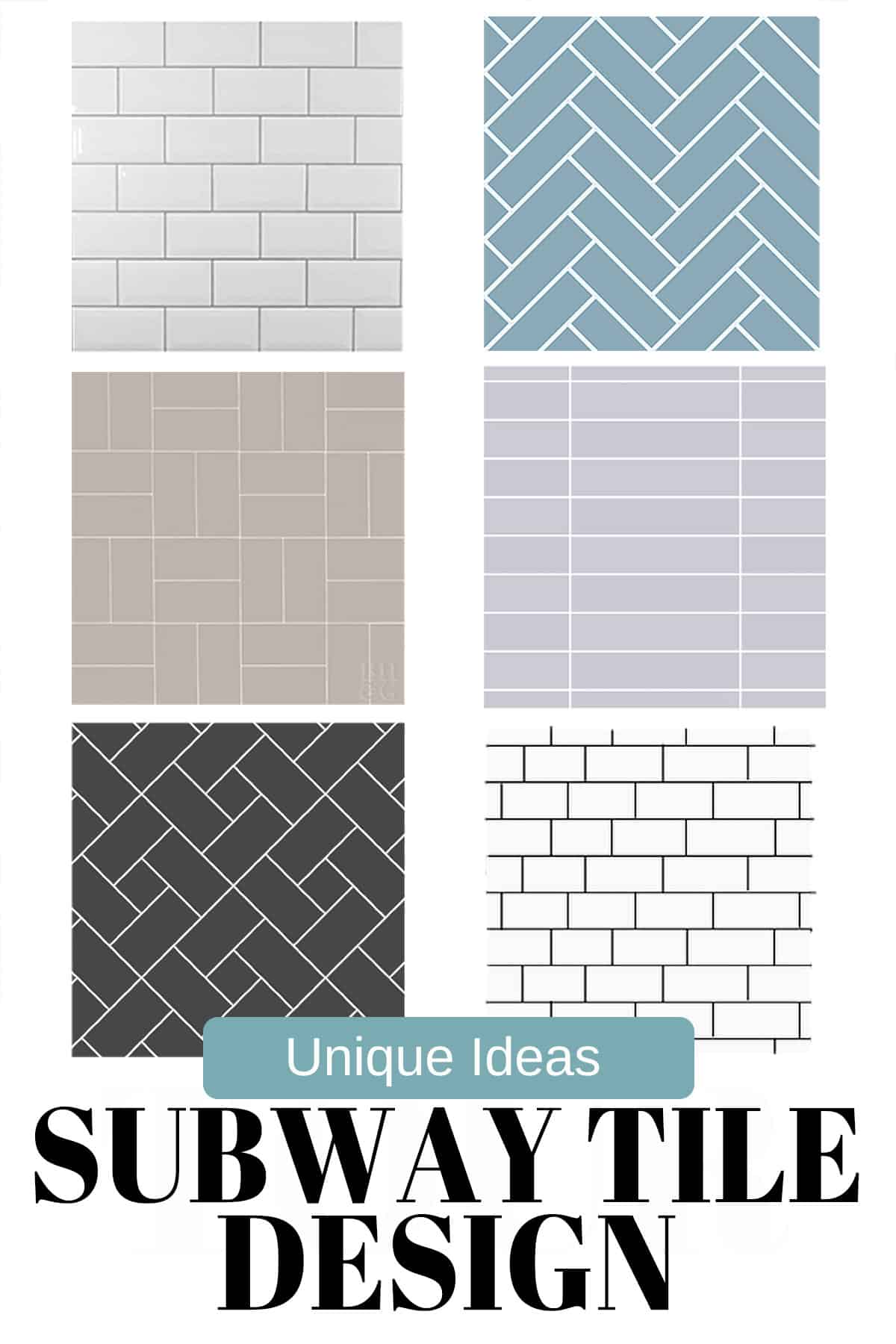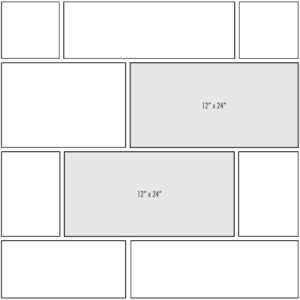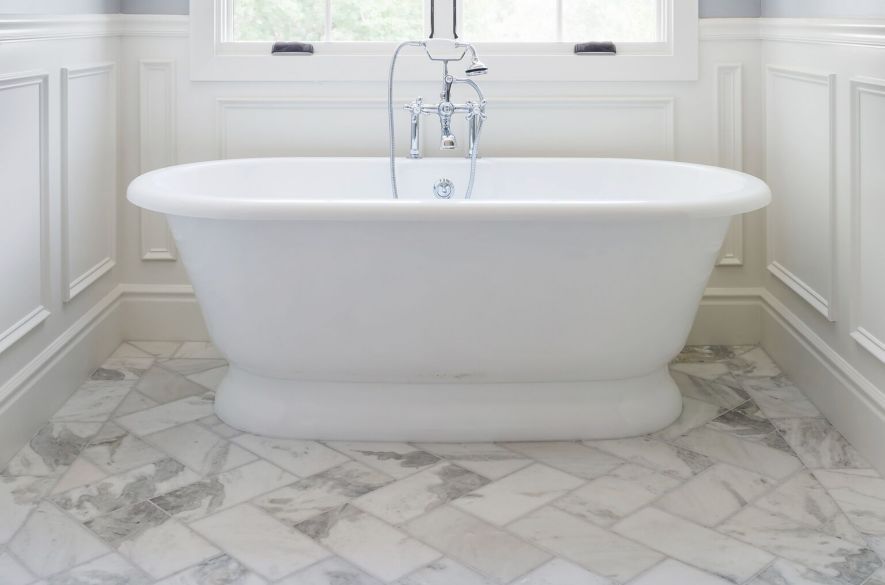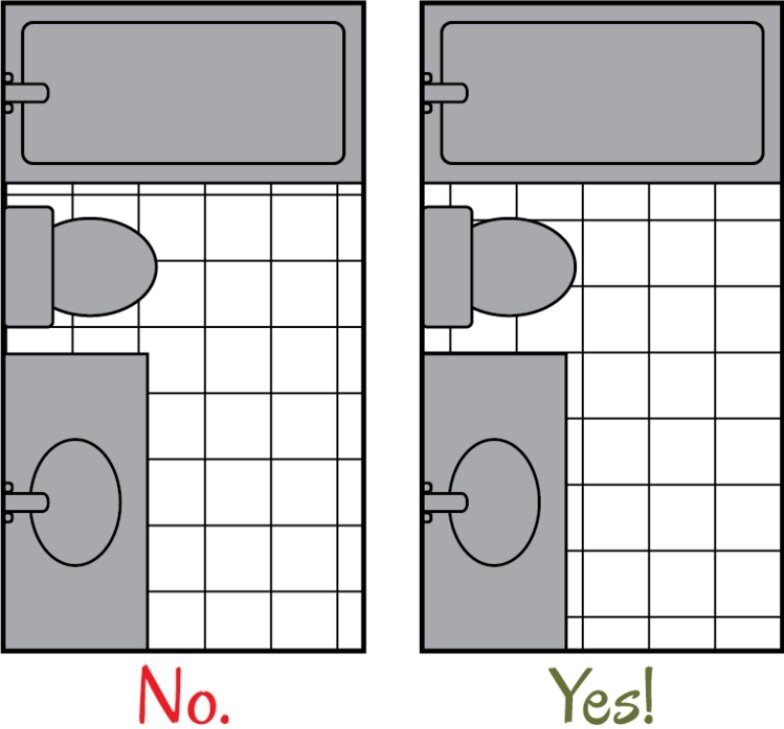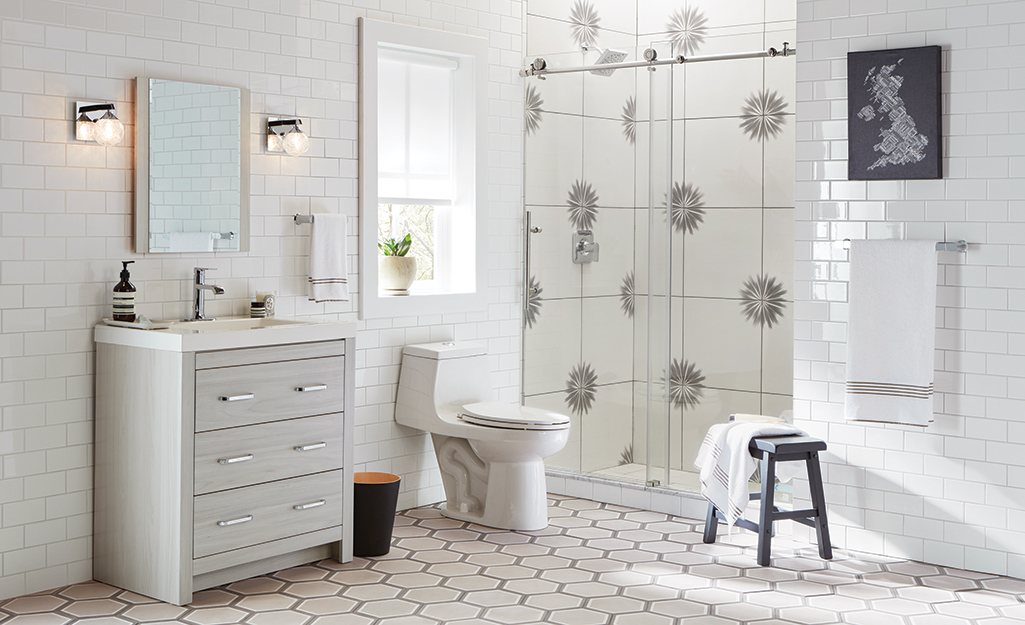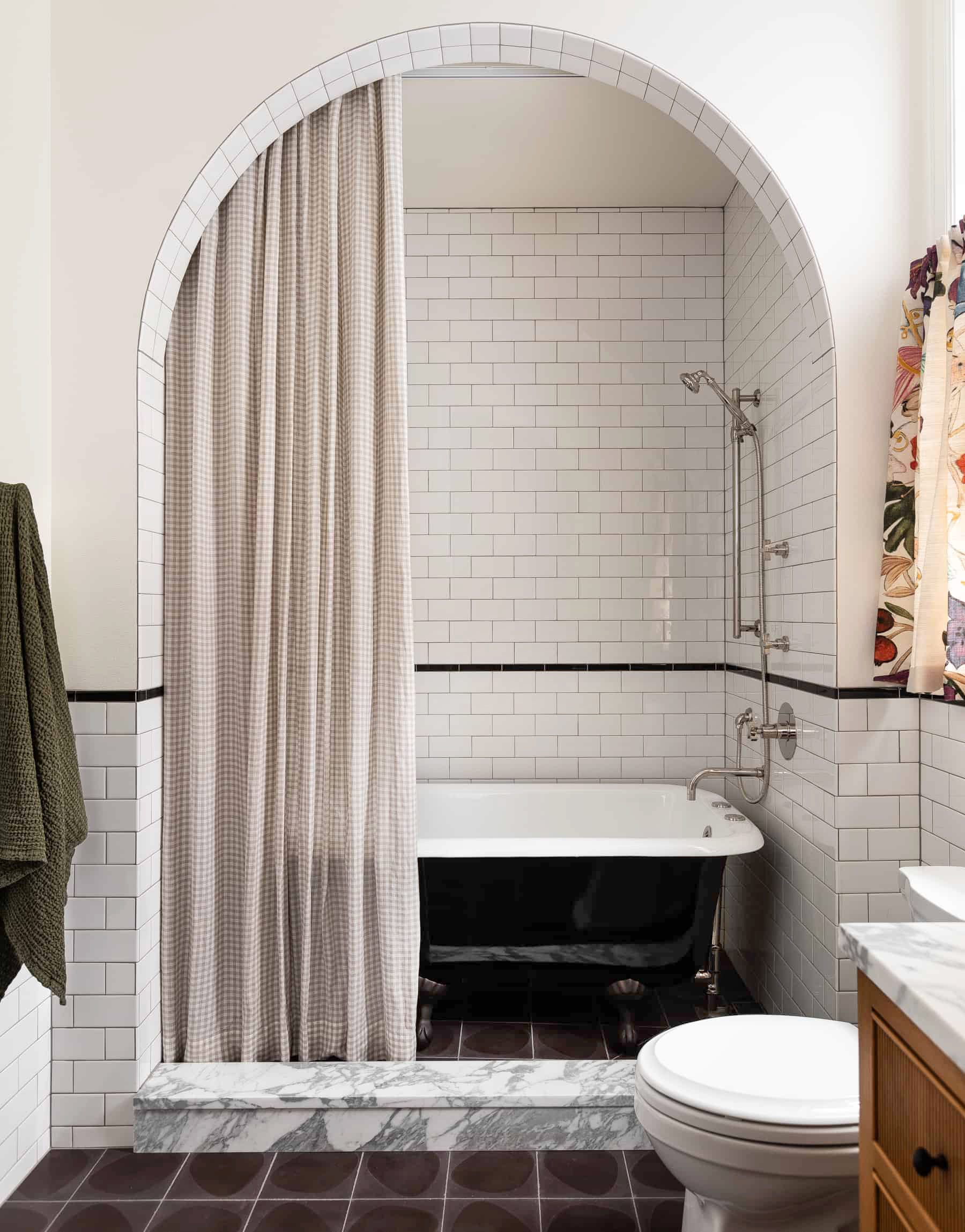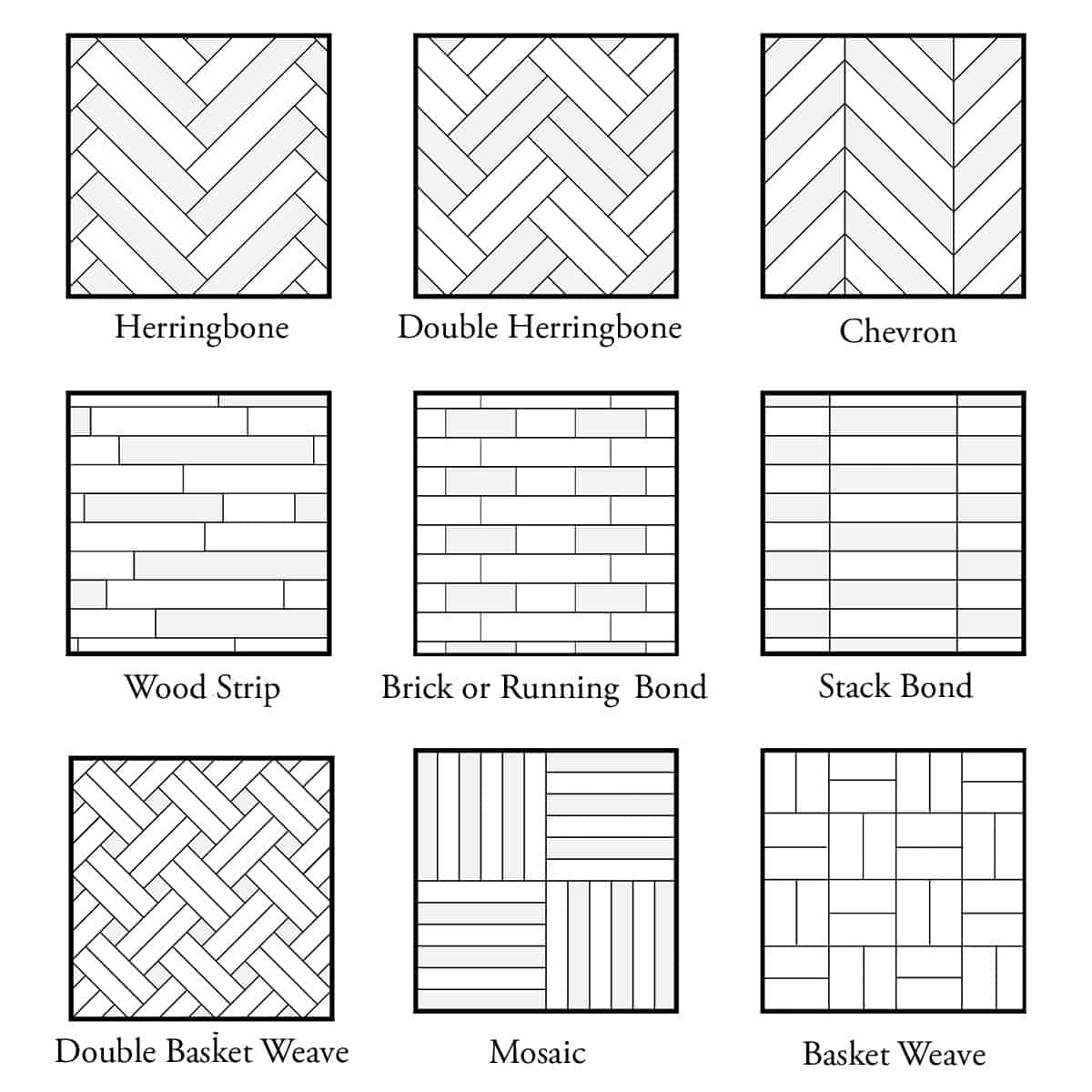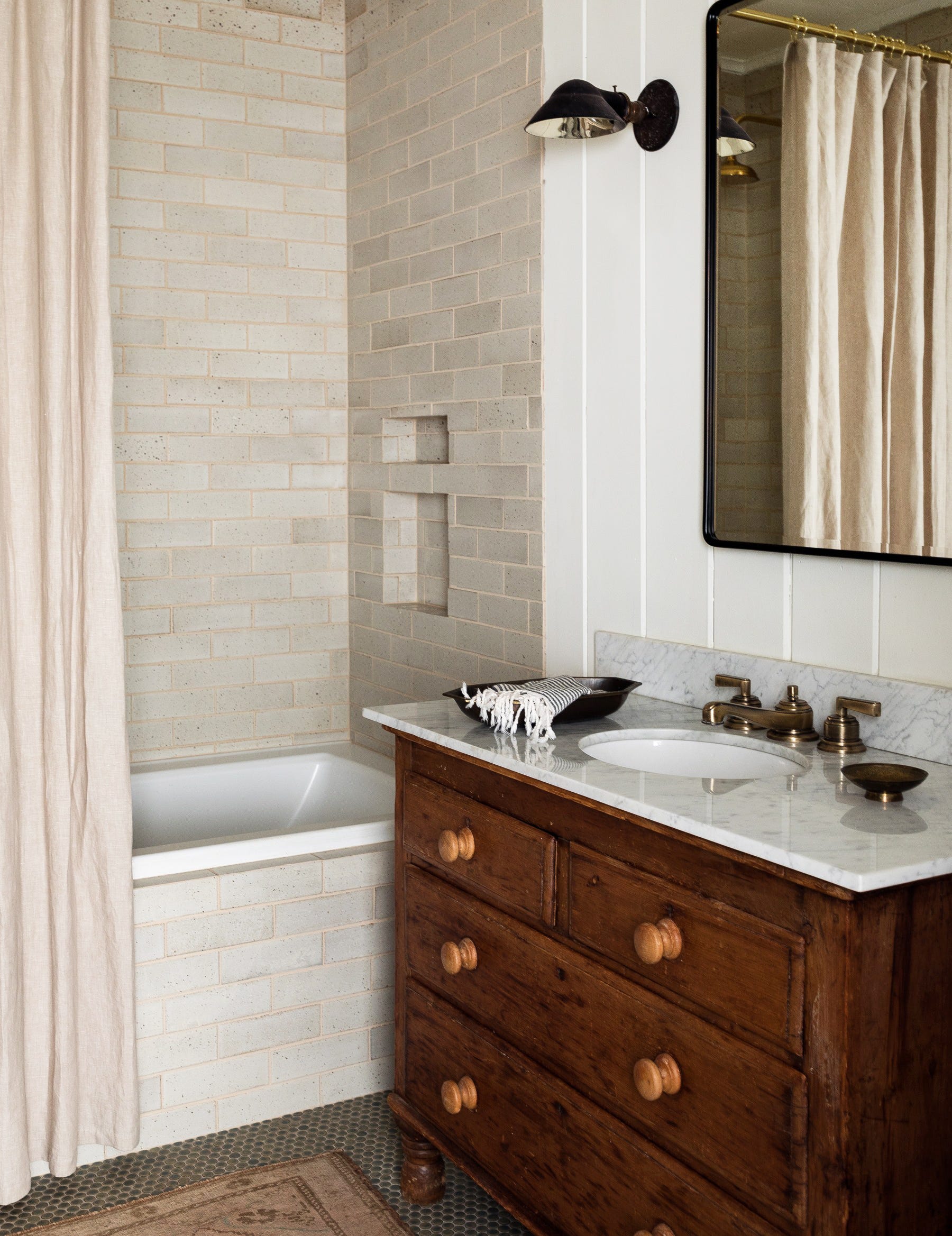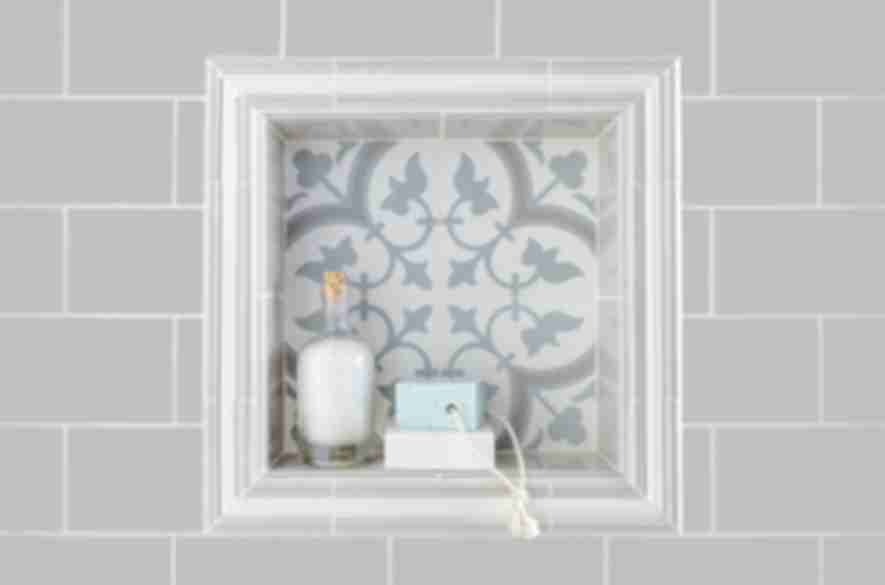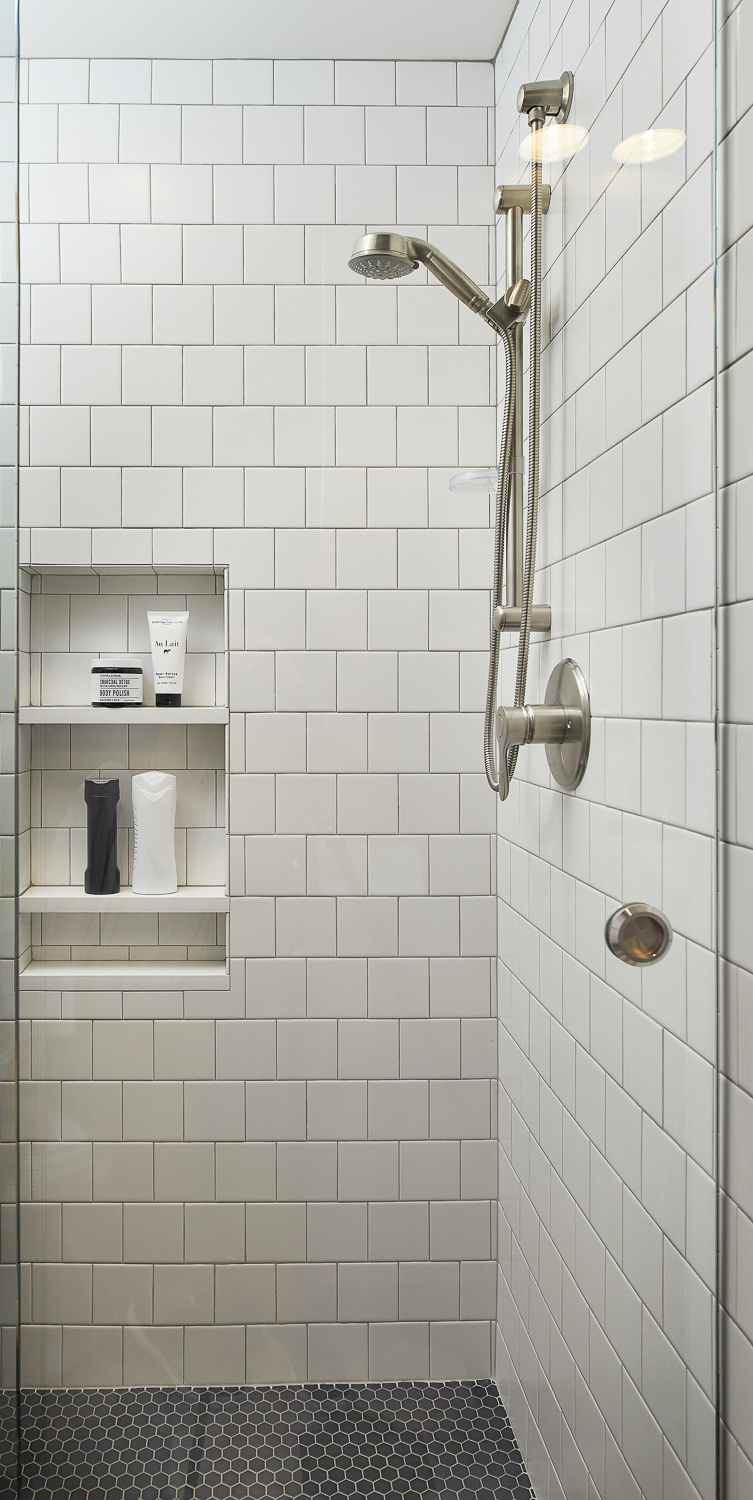Bathroom tile layout patterns play a crucial role in determining the overall aesthetic appeal and functionality of a bathroom space. Choosing the right tile layout pattern can enhance the visual impact of the tiles, create a sense of space, and complement the overall design scheme of the bathroom. One of the most popular tile layout patterns for bathrooms is the classic grid pattern, where tiles are laid in straight rows and columns. This pattern offers a clean and modern look, making it suitable for a wide range of design styles, from contemporary to traditional. The grid pattern is also relatively easy to install and can be used with any tile size, making it a versatile choice for homeowners.
Furthermore, the herringbone tile layout pattern is another popular choice for bathrooms, known for its timeless elegance and visual interest. In a herringbone pattern, tiles are arranged in a zigzag formation, creating a dynamic and eye-catching design that adds texture and movement to the bathroom space. This pattern is particularly effective for highlighting the natural beauty of tiles with intricate patterns or veining, such as marble or subway tiles. While herringbone patterns require precise cutting and installation to achieve the desired effect, the result is a sophisticated and luxurious look that elevates the overall aesthetic of the bathroom.
In addition to grid and herringbone patterns, homeowners can also choose from a variety of other tile layout patterns to suit their preferences and design goals. For example, the subway tile layout pattern features tiles laid in a staggered, brick-like formation, creating a classic and timeless look that works well in both modern and traditional bathrooms. Similarly, the basketweave tile layout pattern consists of tiles arranged in alternating rows of vertical and horizontal pairs, creating a woven effect that adds visual interest and texture to the bathroom floor or wall.
Moreover, the diamond tile layout pattern is another popular choice for bathrooms, known for its striking and geometric design. In a diamond pattern, tiles are arranged diagonally to create a diamond-shaped grid, adding a sense of movement and depth to the bathroom space. This pattern is particularly effective for visually expanding small or narrow bathrooms, as the diagonal lines create the illusion of elongation and space. Additionally, the diamond pattern can be customized with different tile sizes and colors to create a unique and personalized look that reflects the homeowner’s style.
Last, homeowners can experiment with mixing and matching different tile layout patterns to create custom designs and visual effects in their bathrooms. For example, combining a grid pattern with a border or accent tile in a contrasting color can add a pop of color and visual interest to the space. Similarly, incorporating a focal point or decorative motif using a different tile layout pattern can create a focal point and add personality to the bathroom design. By exploring different tile layout patterns and design options, homeowners can create a unique and stylish bathroom space that reflects their style and preferences.
Images Related to Bathroom Tile Layout Patterns
Creative Subway Tile Patterns for Kitchens and Bathrooms u2022 Craving
Tile Patterns: How to Create 20+ Trendy Styles – Flooring Inc
Tile Patterns & Layout Designs 2024
Tile Patterns and Layout Ideas – Tile Lines
Bathroom Tile Ideas
Tile Patterns and Layouts – The Tile Shop Blog
Bathroom Tile Ideas – Bath Tile Backsplash and Floor Designs
Creative Subway Tile Patterns for Kitchens and Bathrooms
Tile Patterns You Need To Know Popular Tile Layouts
Best Subway Tile Bathroom Designs in 2024
Tile Patterns & Layout Designs – The Tile Shop
Unique Tile Patterns Using Simple Tiles
Related articles:
- Restore Old Bathroom Tile
- Rustic Bathroom Tile Designs
- Vertical Bathroom Tile Designs
- Bathroom Tile Makeover
- Modern Bathroom Tile Ideas
- Blue Glass Mosaic Bathroom Tiles
- Bathroom Tile Shower Design Ideas
- Modern Bathroom Tile Texture
- Modern Bathroom Tile Layout
- Bathroom Tiles Painted Over
Bathroom Tile Layout Patterns: How to Choose the Right One for Your Space
Bathroom tile layout patterns can make or break the overall look of your bathroom. Tiles can add texture, color, and style to any bathroom space. They come in different shapes, sizes, colors, and textures, making it easy to create a unique design that suits your taste and style. However, choosing the right tile layout pattern can be overwhelming. In this article, we will discuss everything you need to know about bathroom tile layout patterns.
Straight Lay Pattern
The straight lay pattern is one of the most popular tile layout patterns because it is simple and easy to install. In this pattern, tiles are laid out in straight rows or columns with a uniform grout joint size. The tiles can be square or rectangular. This pattern works well for both small and large bathrooms.
How do I choose the right size of tiles for a straight lay pattern?
The size of tiles you choose depends on the size of your bathroom. For small bathrooms, using smaller tiles will make the space appear larger while larger tiles work best for large bathrooms.
Diagonal Lay Pattern
The diagonal lay pattern is another popular tile layout pattern that adds interest and depth to any bathroom space. In this pattern, tiles are laid out diagonally at a 45-degree angle to create a diamond shape between each tile. This creates an illusion of elongated space in smaller bathrooms.
Can I use different colored tiles for the diagonal lay pattern?
Yes, you can use different colored tiles for this pattern. However, it is important to ensure that the colors complement each other and do not clash.
Herringbone Pattern
The herringbone pattern is a classic tile layout pattern that adds sophistication and elegance to any bathroom space. In this pattern, rectangular tiles are laid out at a 45-degree angle to create a zigzag pattern. This pattern works well for both traditional and modern bathroom designs.
Can I use different sizes of tiles for the herringbone pattern?
Yes, you can use different sizes of rectangular tiles for this pattern to create a unique and interesting design.
Basket Weave Pattern
The basket weave pattern is another classic tile layout pattern that adds texture and dimension to any bathroom space. In this pattern, rectangular tiles are laid out in a crisscross pattern to create a woven effect. This pattern works well for both traditional and contemporary bathroom designs.
Can I use different colored tiles for the basket weave pattern?
Yes, you can use different colored tiles for this pattern. However, it is important to ensure that the colors complement each other and do not clash.
Windmill Pattern
The windmill pattern is a unique tile layout pattern that adds a dramatic effect to any bathroom space. In this pattern, rectangular tiles are laid out in a pinwheel shape with the corners of each tile meeting at the center of the design. This creates an illusion of movement and adds interest to any bathroom design.
Can I use this pattern on the floor as well as the walls?
Yes, you can use this pattern on both the floor and walls to create a cohesive look throughout your bathroom space.
Mosaic Pattern
The mosaic tile layout pattern is perfect for adding color and texture to any bathroom space. In this pattern, small tiles of different shapes and colors are arranged in a random or specific design. This creates a unique and eye-catching design that can be customized to suit your taste and style.
How do I choose the right color combination for a mosaic tile layout?
The right color combination depends on your personal preference and the overall color scheme of your bathroom. You can choose complementary colors or go for bold contrasts depending on the look you want to achieve.
Choosing the right bathroom tile layout pattern can be overwhelming but it is important to take your time and consider your style and preferences. Whether you choose a classic pattern or a unique design, tiles can add texture, color, and style to any bathroom space. By following these tips, you can create a beautiful and functional bathroom that reflects your taste and style.
What are the most popular bathroom tile layout patterns?
The most popular bathroom tile layout patterns include:
- Straight lay: This is the simplest and most common tile pattern, where tiles are laid in a straight line.
- Diagonal lay: Tiles are laid diagonally to create a diamond pattern.
- Herringbone: This pattern is created by laying tiles at a 45-degree angle in a zigzag pattern.
- Basketweave: This pattern consists of two rectangular tiles laid side by side, followed by two more tiles stacked on top of them in a perpendicular direction.
- Brick bond: Also known as running bond, this pattern is created by staggering rectangular tiles in rows.
- Checkerboard: This pattern alternates between two colors of tiles to create a checkerboard effect.
- Windmill: This intricate design features four rectangular tiles arranged around a square tile to create the shape of a windmill.
- Pinwheel: Similar to the windmill, this pattern features four rectangular tiles arranged around a square tile, but with each rectangular tile rotated 45 degrees to create a pinwheel effect.
